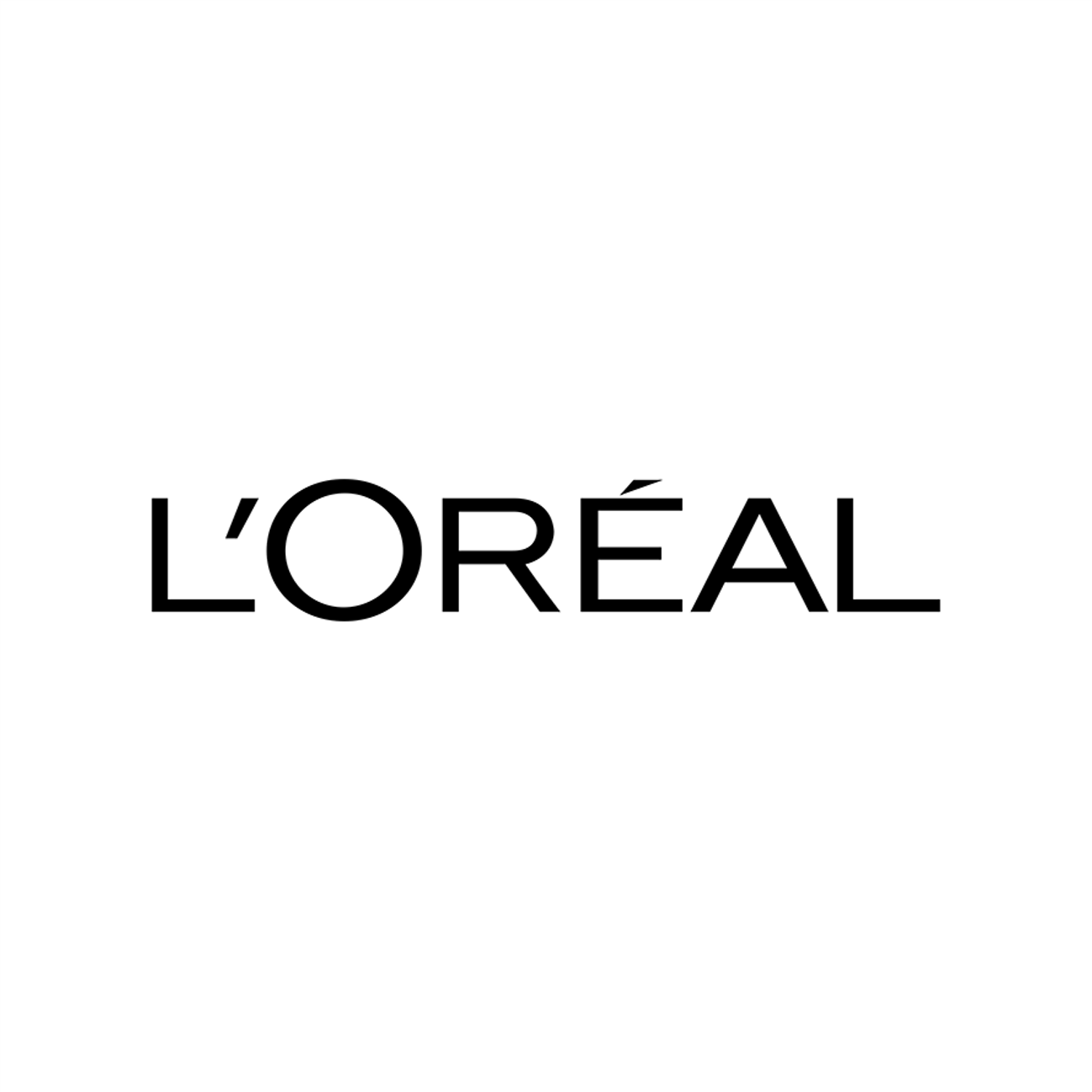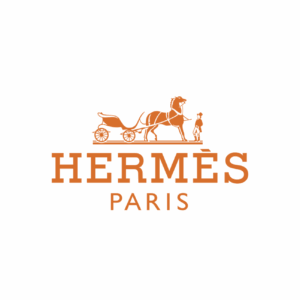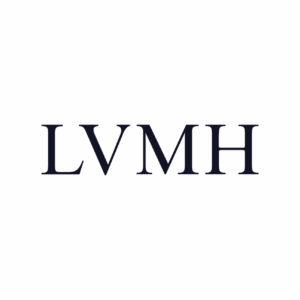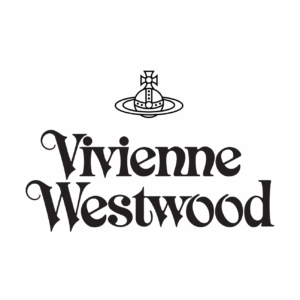A detailed examination of the ten criteria reveals distinct patterns: L’Oréal and Nivea claim their places as sustainability leaders, owing to their organized and transparent methods that are supported by concrete achievements. Colgate follows closely, with acknowledged developments in recycling and resource efficiency. Though Gillette has outstanding performance on numerous aspects, such as recycling and energy efficiency, it has shortcomings in transparency of major factors, such as water management and monitoring individual products.
In line with these findings, Komoneed urges collaboration with companies such as L’Oréal or Nivea due to their good grades while asking Gillette to be more forthcoming with detailed information in order to enhance its transparency.
L’Oréal
Because You’re Worth It
Criteria
Carbon Footprint, High
L’Oréal has realized a 74% reduction of on-site emissions from 2019 to 2023, and in that period, it has also expanded its production by 12%.
It is the sole company that has received a “Triple A” rating from the CDP (climate, forests, water) for eight years in a row. Its carbon reduction targets are the Paris Agreement aligned with a 50% decrease in the carbon footprint per product by 2030 (vs. 2016). This performance reflects an outstanding capacity to align economic growth with lower environmental footprints.
Ecological Impact, High
L’Oréal stands out with a quantified and formal environmental policy. 96% of its new or renovated products had an improved environmental or social profile by 2023. It achieved 100% sustainable sourcing of palm oil and its derivatives by 2012 and is aiming for 100% traceable and sustainable bio-sourced ingredients by 2030.
L’Oréal also launched a €50 million nature regeneration fund. L’Oréal’s sustainable design efforts, along with the fact that there is no deforestation in its supply chain, place the company at the forefront in this regard.
Energy Consumption, High
L’Oréal is particularly excellent in this respect, having achieved a lot in terms of decreasing its energy use. As of 2023, 91% of the company’s energy came from renewable sources, and L’Oréal has an actionable target of achieving 100% renewable energy by the year 2025.
This is via a structured plan that incorporates heat recovery, equipment optimization, and the implementation of local energy solutions. L’Oréal has decoupled its growth from energy use, meaning that the business can grow without a simultaneous increase in its energy use.
L’Oréal’s commitment to green energy use does not only imply emissions reduction but also the development of energy efficiency in its business structure. The organization’s strategy has been markedly effective in setting its energy usage practices in conjunction with its top-level sustainability aspirations.
Freight Density, Medium
L’Oréal has made clear commitments to reducing transport-related emissions by 50% by 2030. It has already achieved a reduction of 9.7% to date. Its strategy is based on limiting air freight and favoring low-carbon modes of transport.
Partnerships with eco-responsible carriers are set up, and product design is created to favor greater logistical density.
Recycling Rates, High
L’Oréal also has a 97% rate of recycling or reuse of waste from its factories. It aims for 100% of its packs to be recyclable, reusable or compostable by 2025. 32% of plastics used were already recycled or bio-sourced as of 2023. A lot remains to be accomplished, and most importantly to replace completely the virgin plastics.
Saving Levels, High
L’Oréal has created an internal tool named SPOT (Sustainable Product Optimization Tool) that evaluates the environmental impact of each product with the aim of directing its design to be more efficient and use fewer resources. Solid, refillable packaging and lighter packaging are examples of a cost-cutting strategy.
Specific Product Monitoring, Medium
L’Oréal is ahead of the pack with its environmental grading system (A to E), based on 14 indicators that cover the entire life cycle. The label is already available in 32 countries for five of the group’s brands. This level of transparency is a industry standard.
Supply Chain Waste, Medium
L’Oréal sets targets for its suppliers, requiring a reduction of 50% in emissions (Scopes 1 and 2) by 2030, and supports their compliance through investment funds (Solstice). A high degree of traceability is ensured for the ingredients of biological origin.
Sustainability Scorecards, High
L’Oréal is well-known worldwide, with eight consecutive Triple A ratings from CDP, an 85 out of 100 ESG score from S&P Global, and a Platinum medal awarded by EcoVadis.
Water Management, Low
L’Oréal is an innovator with its ‘Waterloop Factories’ concept in which 100% of industrial water is reused and recycled. Water consumption per product has been reduced by 13% since 2019.
Related to other brands
Number of criteria met by each brand:
ESCP Business School Team
Research developed by five curious international ESCP Business School students who have worked together to successfully complete their consulting project. They analysed four brands in four different categories -24 brands: electric cars EV, dairy products, computers, personal care, luxury apparel, fast fashion-, according to 10 environmental criteria.
- Alix AMMEUX: Dairy Products
- Hanna AMSELLEM: Electrical Vehicles
- Leonardo BERTINI COLLA: Computers
- Zackary BOISNEAULT: Personal Products
- Ariane DESPRES: Luxury Apparels
- Caterina GIUSTINIANI: Fast fashion
Sources
-
Community Giving: Details about Gillette’s social initiatives and partnerships.
-
Local Activity: Information on Gillette’s commitment to supporting communities and promoting positive role models.
-
Environmental and Social Labelling: Explains L’Oréal’s product impact labelling system and sustainability efforts.
-
Sustainable Product Optimisation Tool: Describes the tool used to assess and improve the social and environmental performance of L’Oréal products.
-
ESG Performance: Provides insights into L’Oréal’s environmental, social, and governance reporting
-
Environmental Impact: Outlines Colgate’s sustainability goals and efforts to reduce environmental impact.
-
Sustainable Dental Care Products: Highlights Colgate’s sustainable product designs and packaging innovations.
-
NIVEA CONNECT REPORT 2024: Discusses Nivea’s social mission to combat social isolation and foster meaningful connections.
-
NIVEA Sustainability: Offers an overview of Nivea’s sustainability initiatives globally.





0 Comments